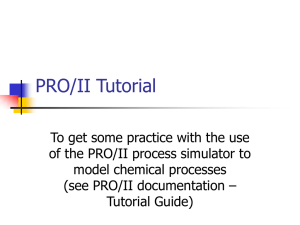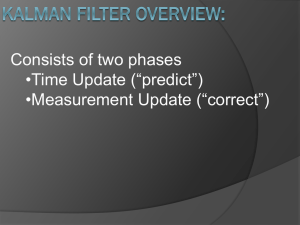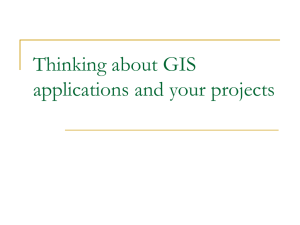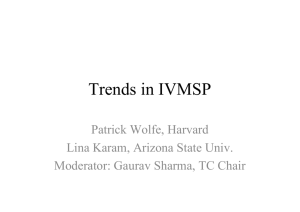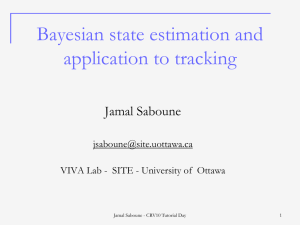temporal_inference
advertisement
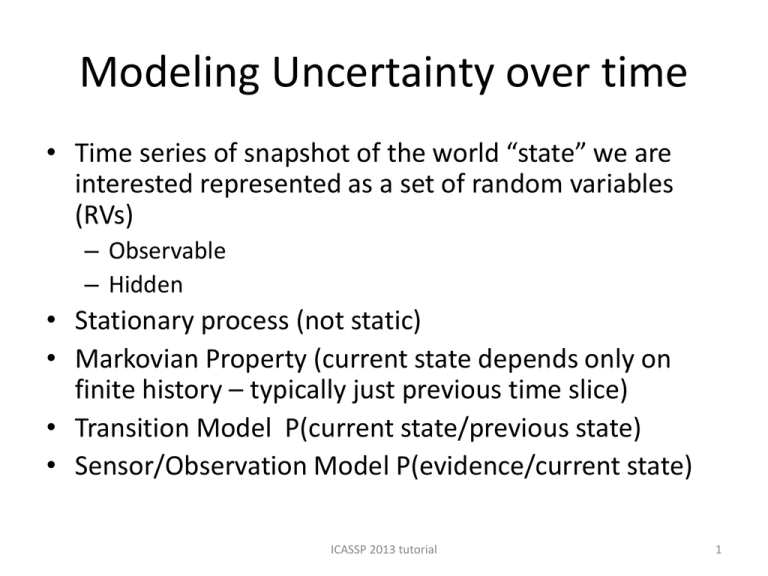
Modeling Uncertainty over time • Time series of snapshot of the world “state” we are interested represented as a set of random variables (RVs) – Observable – Hidden • Stationary process (not static) • Markovian Property (current state depends only on finite history – typically just previous time slice) • Transition Model P(current state/previous state) • Sensor/Observation Model P(evidence/current state) ICASSP 2013 tutorial 1 Inference tasks in temporal models • Filtering: posterior distribution over current state given evidence = likelihood of evidence • Prediction: posterior distribution of future state given evidence to date • Smoothing: posterior distribution of past state given all evidence up to the present • Most likely explanation: given sequence of observations, most likely sequence of states that has generated them • EM-algorithm – Estimate what transitions occurred and what states generated the sensor reading and update models – Updated models provide new estimates and process iterated until convergence ICASSP 2013 tutorial 2 Uncertainty and Time Hidden Markov Models I p( | ) Emission Probs t P( MODEL Model ) Transition Probs | t t-1 Observations Hidden Hidden State (single discrete Observed variable) ICASSP 2013 tutorial 3 Uncertainty and Time Kalman Filtering • Streams of noisy input data • Basic idea t->t+1 : – – – – – Prior knowledge of state Prediction step (based on some model) Update step (compare prediction to measurements) Readjust model Output estimate of state • Statistically optimal estimate of system state • Particle filters are another approach ICASSP 2013 tutorial 4 Kalman Filter • Linear Gaussian conditional distributions represent state and sensor models • LG: P(x/y)=N(ay y + by, σy)(c) • Next state is linear function of current state plus some Gaussian noise i.e constant dx/dt • Forward step: mean + covariance matrix at t produces mean + covariance matrix at t+1 • Trade-off between observation reliability and model reliability • Variants to relax strong assumptions: switching, extended ICASSP 2013 tutorial 5






